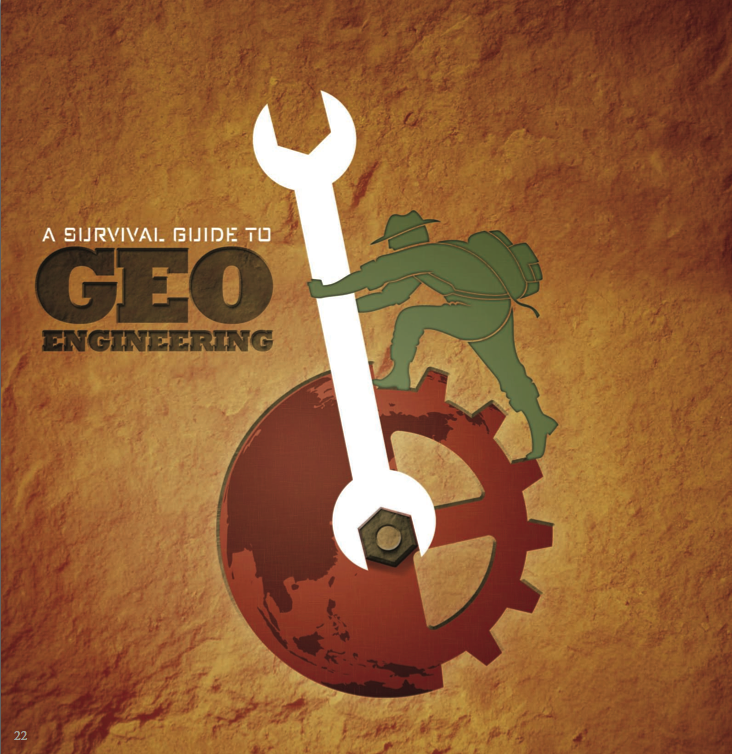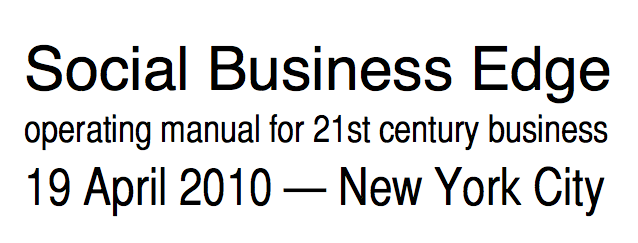(This is a long piece, but I'm putting it all on the front page because it's a massive issue.)
 A piece in the latest issue of Science shows that there's a considerable amount of methane (CH4) coming from the East Siberian Arctic Shelf, where it had been trapped under the permafrost. There's as much coming out from one small section of the Arctic ocean as from all the rest of the oceans combined. This is officially Not Good.
A piece in the latest issue of Science shows that there's a considerable amount of methane (CH4) coming from the East Siberian Arctic Shelf, where it had been trapped under the permafrost. There's as much coming out from one small section of the Arctic ocean as from all the rest of the oceans combined. This is officially Not Good.
Here's why: methane is a powerful greenhouse gas, significantly more powerful than carbon dioxide. There are billions of tons of methane trapped under the permafrost, and if that methane starts leaking quickly, it would have a strong feedback effect -- warming the atmosphere and oceans, causing more methane to leak, and on and on. The melting of methane ice (aka "methane hydrates" and "methane clathrates") is probably the most significant global warming tipping point event out there. If we see runaway methane from underneath the Siberian permafrost, we could see temperatures increasing far faster than even the most pessimistic CO2-driven scenarios -- perhaps as much as 8-10° C, very much into the global catastrophe realm. To put it in context: rapid methane releases have been implicated in extinction events in Earth's geologic past.
(Here's one piece of mitigating information: it's unclear how long this methane leak has been happening, or the degree to which the measured methane levels exceeds previous amounts. If we're lucky, this is actually a status quo situation, and we still have time before we reach a tipping point. But basing our strategy on "if we're lucky" is not very wise.)
Because of this tipping point/feedback process, a runaway methane melt won't stop on its own. When I've written before about desperation as a driver for the rapid (and risky) implementation of geoengineering, this is precisely the scenario I had in mind. If this news holds up, and if it can be shown that the methane leak is actually increasing, then I believe that we are certain to engage in geoengineering, and probably will do so before we have enough good models and studies to suss out any unwanted consequences. We'd be faced with a choice between guaranteed catastrophe or terrible uncertainty.
We'd probably try every geoengineering option available in the event of a methane runaway, but the one that most people would focus on would be the temperature management strategies: stratospheric sulfate injection, seawater cloud brightening, and (unlikely to happen but certain to get a lot of media attention) orbiting reflectors. But there's one more method we should consider. Understanding its potential requires a bit of science talk.
I noted earlier that methane is a "significantly more powerful" greenhouse gas than carbon dioxide. More specifically, it's at least 21 times more powerful a greenhouse gas than CO2; some reports (such as the first piece I linked to above) cite it as 30x stronger, and I've been seen as much as 72x stronger. The difference comes from how the effect is measured over time -- methane and carbon dioxide leave the atmosphere at very different speeds. Although CO2 takes upwards of a century to cycle out naturally, methane takes only about ten years. Why the difference? Chemical processes in the atmosphere break down CH4 (in combination with oxygen) into CO2+H2O -- carbon dioxide and water. In addition, certain bacteria -- known as methanotrophs -- actually consume methane, with the same chemical results. These processes have their limits, however; an abundance of methane in the atmosphere can overwhelm the oxidation chemistry, making the methane stick around for longer than the typical 8-10 years, and the commonplace methanotrophic bacteria evolved in an environment where methane emerges gradually.
These are pretty much the only two natural methane "sinks." There are a few small-scale human processes that can make use of methane (for the production of methanol for fuel, for example) and function as artificial sinks, but such efforts would be hard-pressed to capture methane released across two million square kilometers. So here's where we start to think big.
Both of the natural processes are, in principle, amenable to human intervention. The oxidation of methane into CO2 and water is a well-understood phenomenon, and relies on the presence of OH (hydroxyl radical); upwards of 90% of lower atmosphere methane is oxidized through this process (PDF). But OH is something of a problem chemical, in that it's also a key oxidation agent for many atmospheric pollutants, such as carbon monoxide and NOx. Although we could produce OH to enhance the natural chemical oxidation process, the side-effects of pumping enough OH into the atmosphere to oxidize all of that methane would be unpredictable, but almost certainly quite bad.
So what about methanotrophic bacteria? Such bacteria have long been recognized in freshwater areas and soil, and have had limited use in bioremediation efforts. Methanotrophic Archaea -- similar to bacteria, but a wholly different kingdom of organism -- were recently identified in the oceans; research suggests that methanotrophic Archaea may be responsible for the oxidation of up to 80% of the methane in the oceans. Methanotrophic microbes can also be temperature extremophiles, as they were among the various species found after the Larsen B ice shelf collapsed.
We recently began to learn much more about how methanotrophic bacteria function, as a team from the Institute for Genomic Research sequenced the genome of the methanotroph Methylococcus capsulatus. The scientists discovered that Methylococcus has the genomic capacity to adapt to a far wider set of environments than it is currently found in. They also looked at the possibility of enhancing the microbe's ability to oxidize methane, although admittedly for purposes other than straight methane consumption.
So here's the proposal: we need to deploy methanotrophic microbes at the East Siberian Ice Shelf. Methanotrophic Archaea appears to be best-suited for this task, but we don't know as much about them as we do about bacteria. If we need to modify the microbes (to consume methane more quickly, for example), we may need to work on Methylococcus bacteria, making them viable in extremely cold seawater. I suspect that working with the Archaea will probably be sufficient, but it's important to think ahead about different pathways. Either way, we should consider just how we could make use of methanotrophs to avoid a methane-melt disaster. Given the size of the region, we'll need lots of them, but that's one advantage of biology over straight chemistry: the methanotrophs would be reproducing themselves.
We need to be aware of possible unintended consequences, but at this point, it's not clear how additional methanotrophs would pose a larger risk; moreover, a mass of methanotrophic organisms would undoubtedly be helpful for reducing overall atmospheric methane beyond the Siberian release. Nonetheless, there are some crucial questions we need to answer before we could consider deploying natural or GMO methanotrophs:
Is it physically possible? Could a sufficient number of methane-eating bacteria even be produced to counter a fast release of methane from the Siberian ice shelf?
Is it biologically possible? Would methanotrophic Archaea survive in the Siberian ocean? Could a species of methanotrophic bacteria be engineered to be able to do so (as well as consume large quantities of methane)?
What are the unrecognized risks? What are we missing in an initial risk analysis? Saying "we don't know the risks" doesn't, in and of itself, mean "we should not attempt this," it means "we need to do more research." Clearly, if the risks from enhancing the methane consumption and environmental adaptation capacities of a methanotroph could lead (through species-hopping genes or simple mutation) to even harder-to-manage problems than gigatons of atmospheric methane, this isn't an option. Boosting OH levels in the region would be the fallback position, as we have more experience with managing CO and NOx pollutants.
If the frozen methane in the Siberian ocean is melting faster, our options are extremely limited. We'd no longer be in a position to stop the melting, even by ceasing all greenhouse gas production today; the temperature increases we're seeing now are the results of greenhouse gases put into the atmosphere decades ago. And when methane melts, it appears to do so quickly -- there are signs that past methane clathrate events took less than a human lifetime.
This is why I think that methane melt would inevitably mean geoengineering. But if this is the case, the pathway I suggest here may be the best option. The engineering options are enhancements of common natural processes, as opposed to something that emulates extreme conditions (such as sulfate injection). At least with current understanding, there would be few downsides to a greater-than-expected growth of the methanotroph population -- it might even be helpful in mitigating atmospheric methane coming from other sources, such as cattle.
A further advantage is that this is a process that could begin after we start to see significant methane output and could still have a measurably positive result. Using microbes for bio-"scrubbing" of methane from the atmosphere would work on methane that was a decade old as readily as methane fresh from the permafrost. We'd still see some effect from the methane that makes it to the atmosphere, but eventual removal would help to reduce that effect. This means that we still have time to get more certainty about the methane situation before we would need to use the methanotroph option; we don't necessarily have to rush past our better judgment in response. With a process of this magnitude, it's worth taking the time to get it right.
If we are seeing the beginning of a runaway methane melt, we would be facing a problem of a scale with few precedents in human history. No society on the planet would be unaffected; if left unmitigated, it would continue to affect the lives of our children, and our children's children, and generations beyond that. And remember, this is a fast process -- simply pushing a bit harder to reduce carbon emissions will do nothing to stop it.
Our choices are few, and the risk of not acting is (potentially) immense. We may well be on the brink of a new era in planetary management. Let's hope we're up to the challenge.
(Some of this essay reproduces text from my initial methanotroph proposal on Worldchanging back in 2005. At that point, it was speculation -- now, it's something we need to seriously consider.)



 On Monday, April 19 (yeah, just two days after the UCSC thing), I'll be speaking at
On Monday, April 19 (yeah, just two days after the UCSC thing), I'll be speaking at  I'm honored to have been asked to serve on the advisory council for
I'm honored to have been asked to serve on the advisory council for  A
A 
